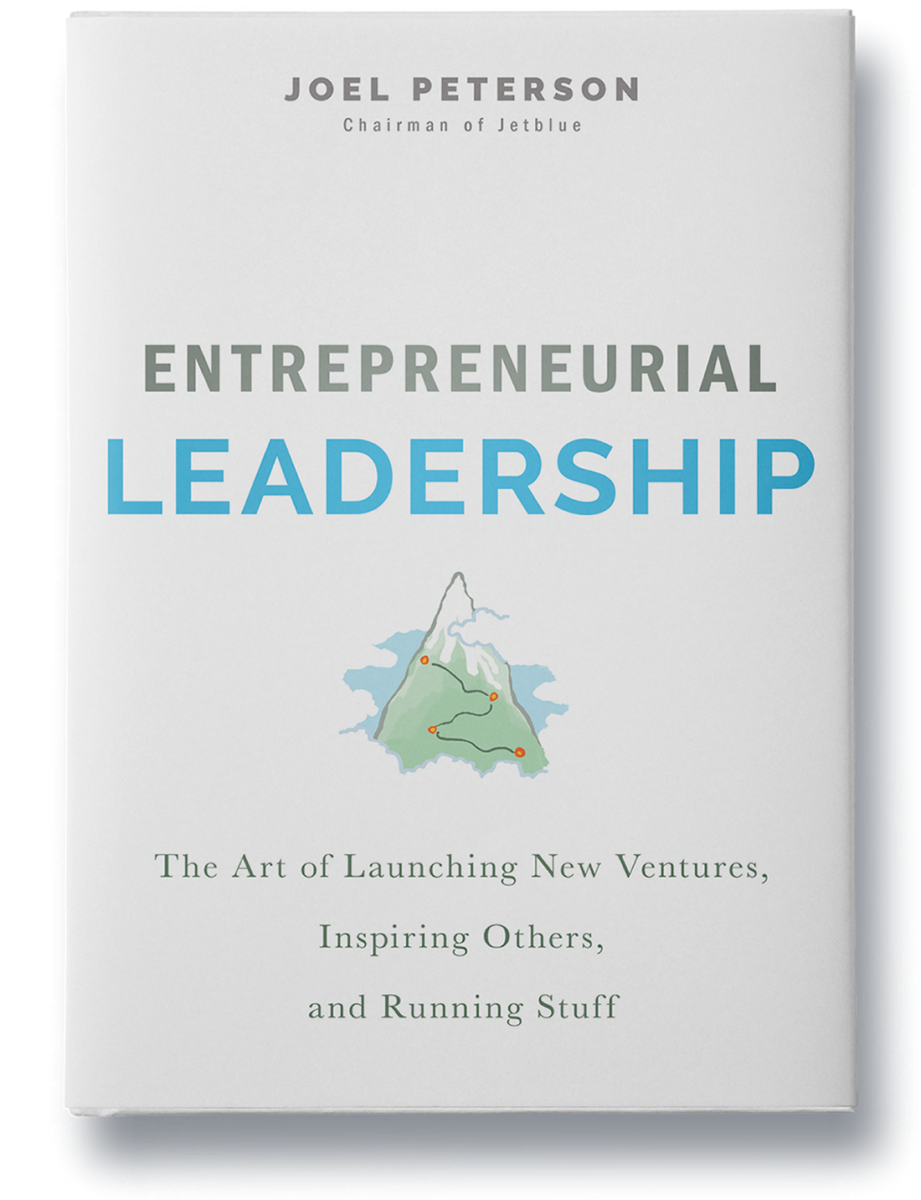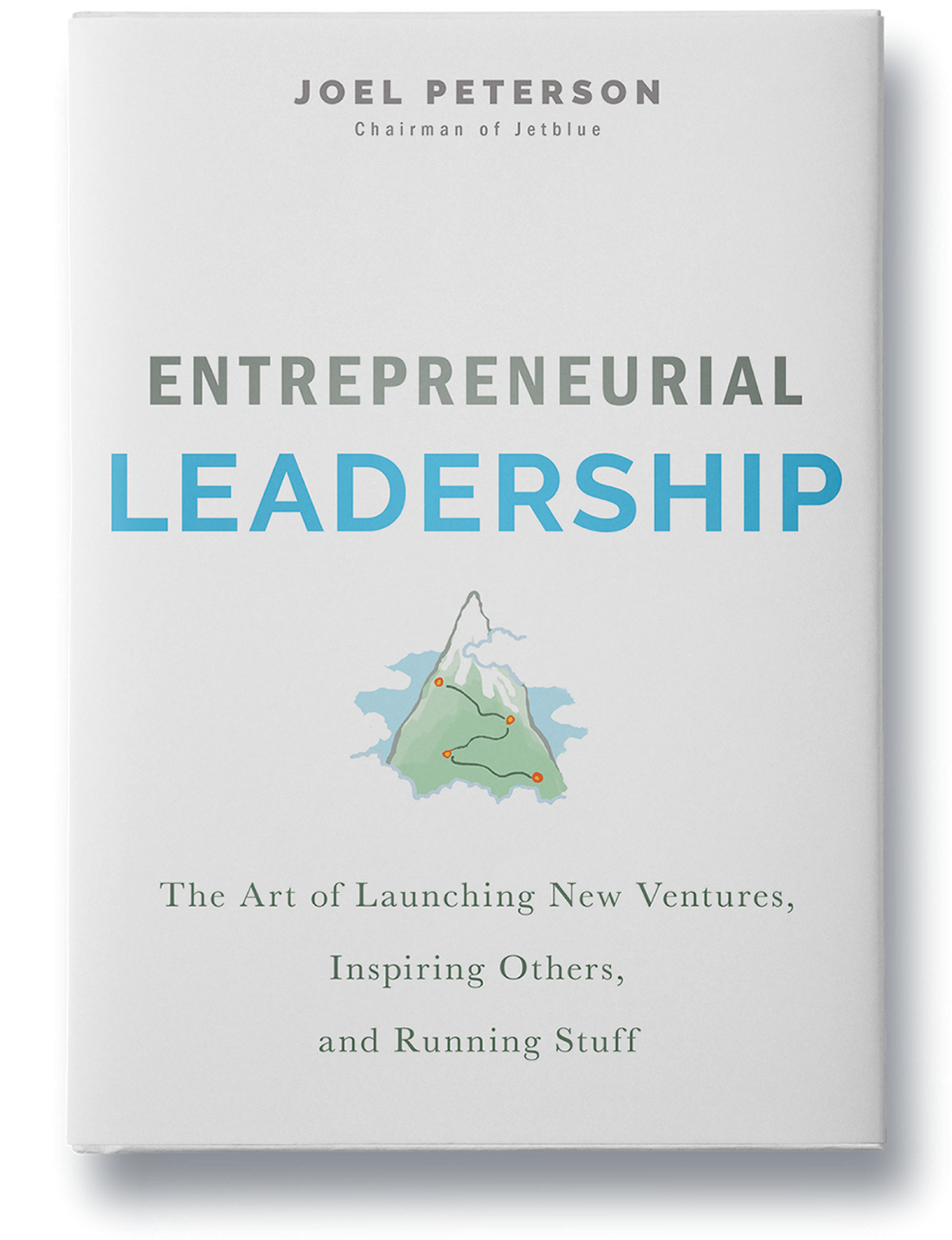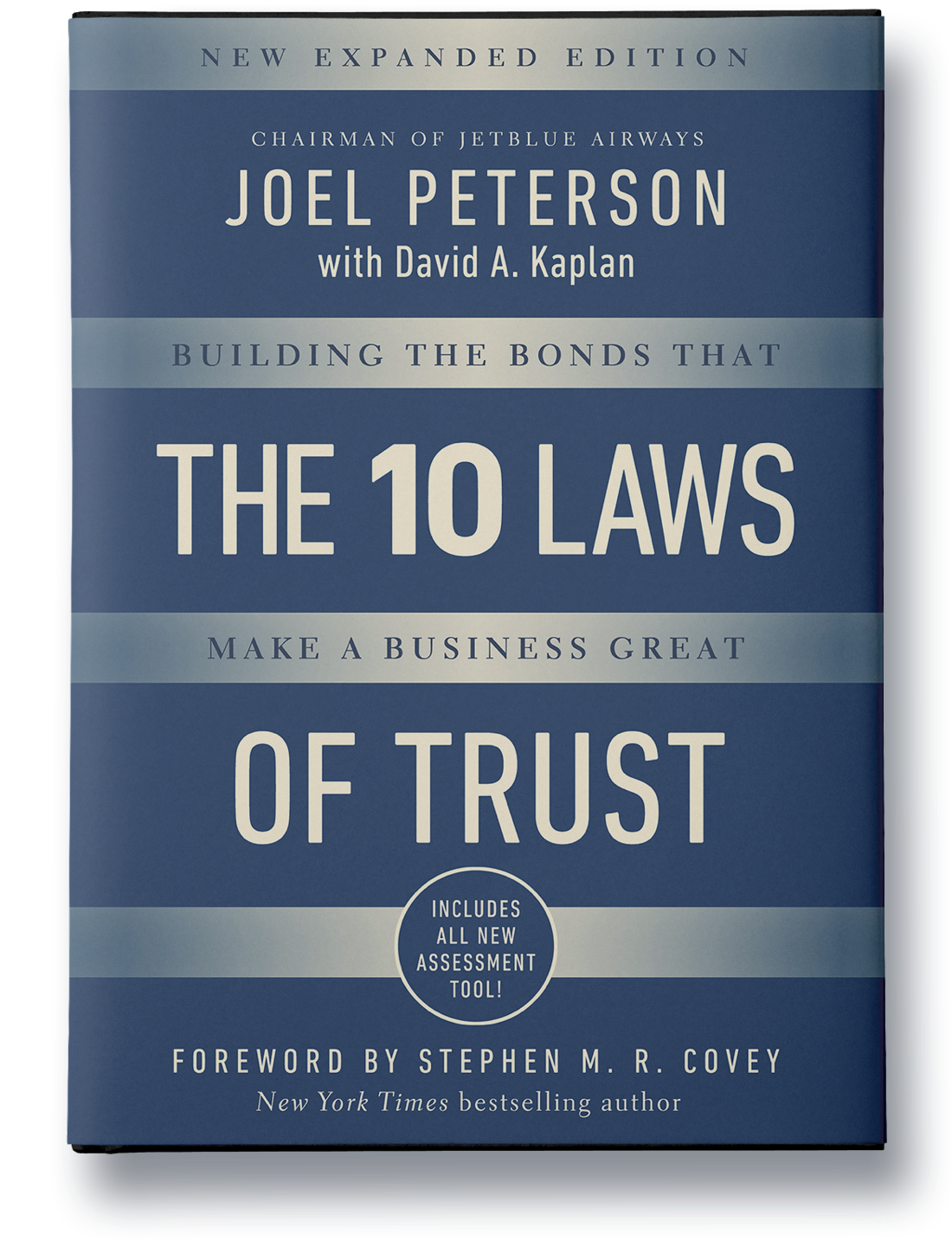I love many things about teaching at Stanford, but one of my favorite parts of the job is spotting people who have the ability to become entrepreneurial leaders—and watching the impact they can have on the world. Among my former students and colleagues, I have many such examples. Here’s one of my favorites.
In 1994, not long after I began teaching at Stanford’s Graduate School of Business, the young man working in the office next door asked to meet. His name was Kevin Taweel. Kevin had graduated from Stanford’s MBA program two years earlier, and he’d opted to stick around as a case writer, working with professors to research and produce the cases that drive discussions in many classrooms.
At first, I thought Kevin needed advice about a case, but that wasn’t it. In addition to writing cases, Kevin had raised $210,000 to fund his search for a small business he could buy. He’d located one, and he wanted to pitch me on investing.
His pitch didn’t seem very compelling. Kevin and Jim Ellis, a recent student of mine, were planning to purchase a Texas-based company called Mr. Rescue.1 The company provided roadside assistance services, much like AAA has done for decades—if you get a flat tire, run out of gas, or need a tow, Mr. Rescue is there to help. On the surface, this didn’t seem like a great growth business. Roadside assistance is a labor-intensive service industry that would be hard to scale, and having AAA as a competitor seemed like a pretty big obstacle to success.
I asked Kevin to let me think it over. The more I reflected, the more unimpressed I was with the basic business, the competitive landscape, and the growth potential. But I saw two compelling reasons to invest: Kevin and Jim. To my eyes, they were entrepreneurial leaders in embryo.
Before coming to Stanford, Kevin had played semipro soccer in Canada, and to me that said a lot about his ability to collaborate to work toward a goal. He’d earned a degree in mechanical engineering at McGill University and worked in mergers and acquisitions at Salomon Brothers. At Stanford, we’d worked on a case together, and I’d been impressed by his analytical skills and conscientiousness. His partner, Jim, had been a student in the first class I’d taught in the MBA program. There were fifty-six students in the group, and I’d given three of them a grade of H, meaning “honors.” Jim was one of them.
So even though I wasn’t enamored with the roadside repair business, I decided to write a check, in order to back Kevin and Jim.
They didn’t disappoint. They lined up financing and paid $8.4 million to buy the company. They used the skills they’d learned at Stanford to grow it quickly, more than doubling its earnings before interest, taxes, depreciation, and amortization (EBITDA) in the first year. Soon they expanded, contracting with automotive, insurance, credit card, and wireless companies which could then offer roadside assistance services as add-ons to their clients. Then, as mobile phones took off in the late 1990s, they recognized that insuring cell phones was a similar—but far more attractive—business than roadside assistance, so they made a $7.6 million acquisition in that space. Within three years, they’d grown the company’s revenues by more than tenfold.
Twenty-five years after my initial investment with them, Kevin still runs the company, now called Asurion. (Jim left to pursue other opportunities in the early 2000s.) Today Asurion has 280 million customers in eighteen countries, to whom it offers tech support, extended warranties, and mobile technology protection plans. If you said yes to the insurance plan offered when you purchased your cell phone, you are likely an Asurion customer. Still privately held, Asurion generates more than $8 billion in annual revenue—not bad for a company whose initial business plan didn’t seem very compelling.
Kevin Taweel is a great example of an entrepreneurial leader. As an executive, I’ve spent my career learning to be one, and I’ve spent twenty-seven years teaching students at Stanford to become agents of durable change. As an investor, I’ve learned to identify and back them; as a board member, I’ve tried to hire, develop, and promote them. As a leader, I’ve tried to learn from those further down the path. My aim is to help you to pursue this journey, too, should you wish.
What do I mean by entrepreneurial leader?
Over many years of observing leaders and leading people myself, I have learned to recognize five distinct styles of leadership:
- The Presider. From presiders we expect the preservation of values, the elegant representation of the team/company both within the enterprise and with its external constituencies, the efficient management of meetings, communications, and so on, and a sort of wise stewardship over the assets of the firm. Think of someone who spends his entire career at the same company and serves a relatively short stint as CEO—a time during which everything runs smoothly, but nothing changes dramatically. He successfully presided.
- The Manager. From managers we expect teams to be led to deliver on-time, on-budget, agreed-upon results. Managers are like conductors who understand the score and each instrument without having to play every one of them. Managers excel at managing people, so they tend to focus on the team rather than the organization, its strategy, or its trajectory.
- The Administrator. From administrators we expect the policies and processes that deliver predictability and efficiency. Administrators administrate process. They are disciplined and efficient, but rarely creative or inspirational. They may successfully lead a bureaucracy or governmental entity, where rules and process guide day-to-day actions, but they may struggle to succeed in a dynamic or unpredictable environment.
- The Pure Entrepreneur. From pure entrepreneurs we expect innovation, experiments, pilots, a future-focus. Entrepreneurs excel at launching new things, but they often stumble when asked to lead a larger, steady-state business or turn around a faltering organization.
- The Politician. From politicians we expect compromise and legislation that serve to rationalize decision-making by others in charge of execution. They also understand and know how to use power. Political skill can be useful in many leadership contexts (particularly when in a highly democratic or collaborative culture), but overreliance on political skill rarely works well in a business setting.
Most leaders play most of these roles at some point in their careers. What sets entrepreneurial leaders apart is their ability to excel at all of these styles of leadership when necessary. In baseball, scouts talk about “five-tool players” who display excellent fielding, arm strength, foot speed, the ability to hit for average and hit for power. (One of the sport’s ultimate five-tool players was Willie Mays, who was once my neighbor after he retired to California.) In a similar way, entrepreneurial leaders are five-tool businesspeople, capable of shifting easily between the styles and tasks of leadership, as the context and challenges demand.
Entrepreneurial leaders do profoundly important and impactful work. But this demanding role is not for everyone. Being an entrepreneurial leader requires setting goals, developing strategies, staffing the execution, making assignments, and measuring results—all within the context of values that support a shared mission.
By definition, an entrepreneurial leader can’t control or micromanage the execution—but nonetheless, if the execution fails, he or she must be willing to take the heat.
Like the coach of a sports team or a team captain, succeeding in this role requires one to take a special joy in watching others reach summits. This kind of leadership is an act of stewardship—not a personal possession intended to glorify or enrich the position holder, but an act of benevolence and self-sacrifice.
Some look at this array of challenges and ask themselves: Who needs it? Is it really worth complicating one’s life with seemingly limitless responsibilities? No wonder many talented people choose to remain an individual contributor or the type of manager I call a presider—someone who excels at managing the day-to-day, and at preserving well-established institutions (and often enjoying the perks of leadership), but without any deep ambition to transform or transcend.
That’s never true for an entrepreneurial leader. Their work is messy, largely intangible, and never-ending. Each day brings new problems and new decisions that present ambiguity and shades of gray.
Nonetheless, entrepreneurial leadership is the most impactful work any who would become a leader may do—and the world is made better by those who seek out its challenges.
From ENTREPRENEURIAL LEADERSHIP: The Art of Launching New Ventures, Inspiring Others, and Running Stuff (HarperCollins Leadership; April 21, 2020).
 Make a lasting impact by launching new initiatives, inspiring others, and championing innovative approaches with this from-the-trenches guide by trusted executive mentor, entrepreneur, and leadership expert Joel Peterson.
Make a lasting impact by launching new initiatives, inspiring others, and championing innovative approaches with this from-the-trenches guide by trusted executive mentor, entrepreneur, and leadership expert Joel Peterson.


